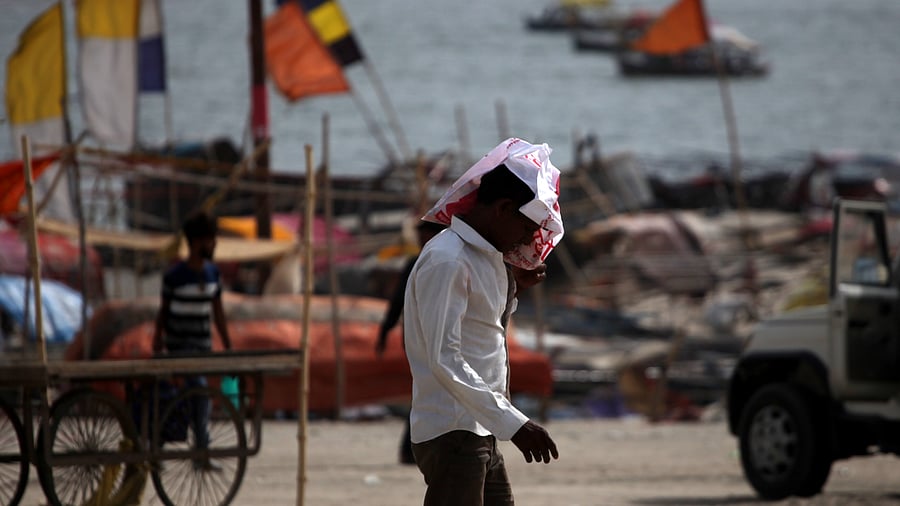
The year 2024 was the warmest year on record in Asia, marked by widespread and prolonged heat waves and other extreme climate events.
Credit: iStock Photo
The World Meteorological Organisation (WMO)’s State of the Climate in Asia 2024 report brings bad news for the continent. The report, released last week, reveals that Asia is warming twice as fast as the global average. The year 2024 was the warmest year on record in Asia, marked by widespread and prolonged heat waves and other extreme climate events. Heat waves gripped a record area of the ocean during the year. Asia has the largest land mass and the largest population in the world. The emission of three primary greenhouse gases – carbon dioxide, methane, and nitrous oxide – reached record levels in 2023. Bigger populations emit more greenhouse gases and the major industrial nations in the continent are dependent on fossil fuels as the primary source of energy. Land masses heat up more rapidly than oceans, and the continent has a long shoreline that is vulnerable to the rising heat from the ocean. Ocean temperatures around Asia have risen at 0.24 degrees Celsius per decade, nearly double the global average of 0.13 degrees.
Of the 24 glaciers in the Himalayas and the Tian Shan ranges in the central Asian region, 23 suffered mass loss, leading to an increase in hazards, including glacial lake outburst floods (GLOF) and landslides. Some of these events have caused a loss of lives and property. They also pose a long-term risk to water security. The report has specifically mentioned floods in Pakistan and Kazakhstan, heat waves in China and Central Asian countries, typhoons in Southeast Asia, and the landslide in Wayanad last year. The UAE, Bahrain, Oman, and Iran suffered from excessive rains. Sea levels are rising, putting coastal communities at risk, and altering marine currents and marine ecosystems.
The report notes that these changes will have major repercussions for societies, economies, and ecosystems in the region. Protecting lives and livelihoods and safeguarding the future from worse depredations will take a lot of effort on the part of governments, organisations, and all stakeholders who are in the fight against climate change. All countries of the region have mitigation strategies envisioned to be implemented as part of global action plans and as local initiatives. The Paris Summit has set the target of keeping the global temperature rise below 1.5 degrees Celsius. Asia’s temperature rise has gone beyond that. The report says there should be early warning systems that will help people to deal with the hazards better. The continent is staring at some severe threats. Its climate future hinges on countermeasures that can stall these threats with greater focus and a collaborative spirit.
